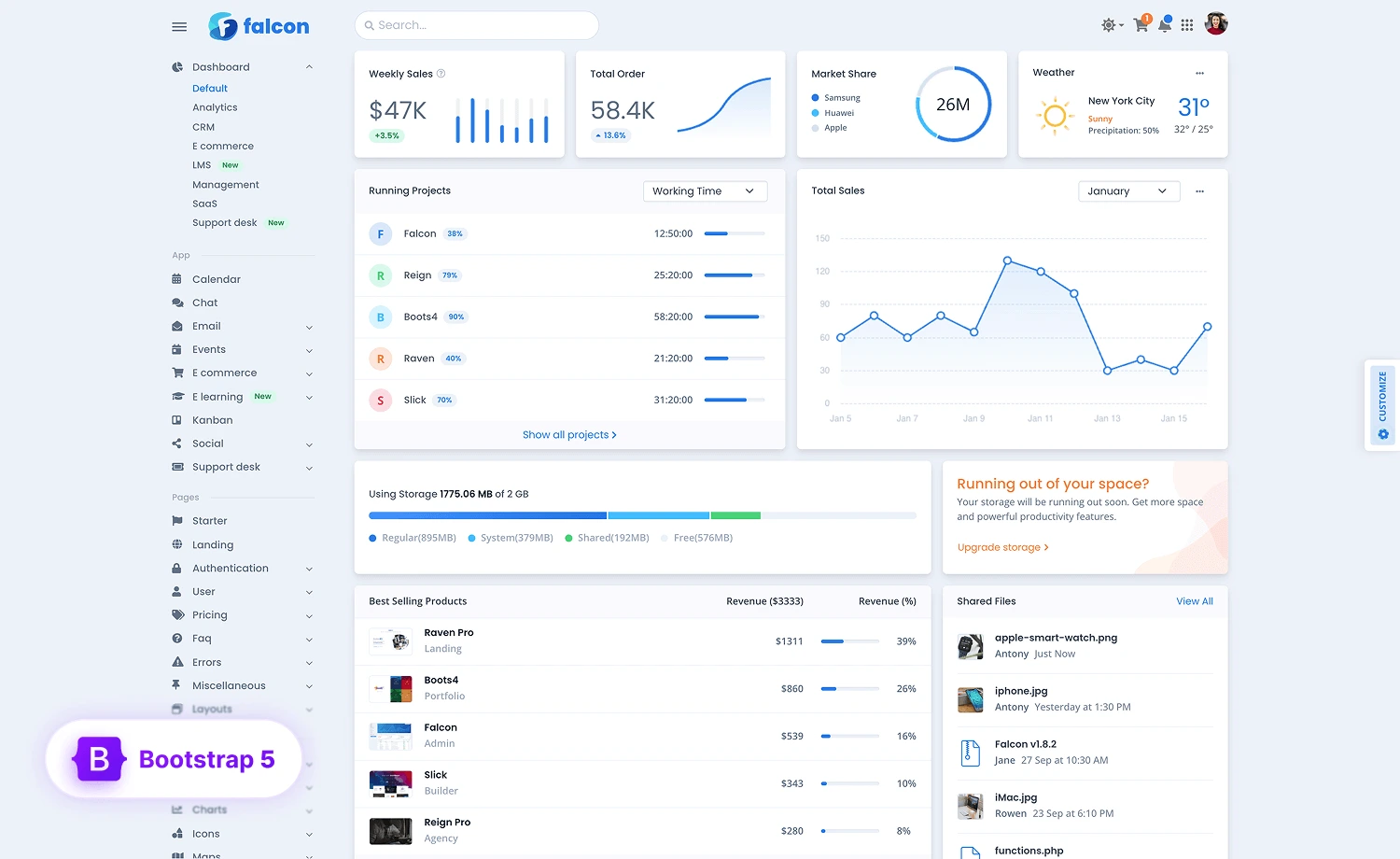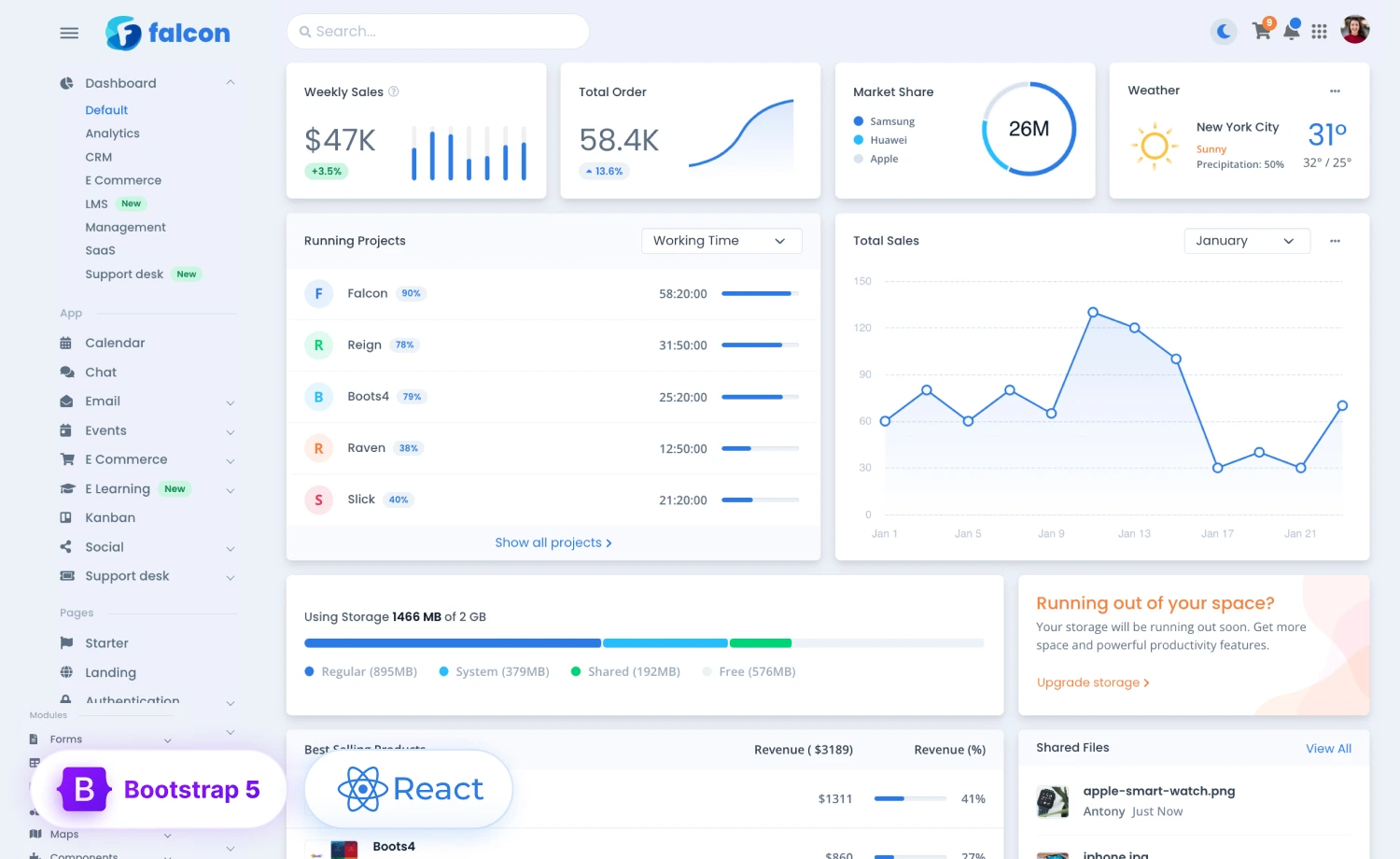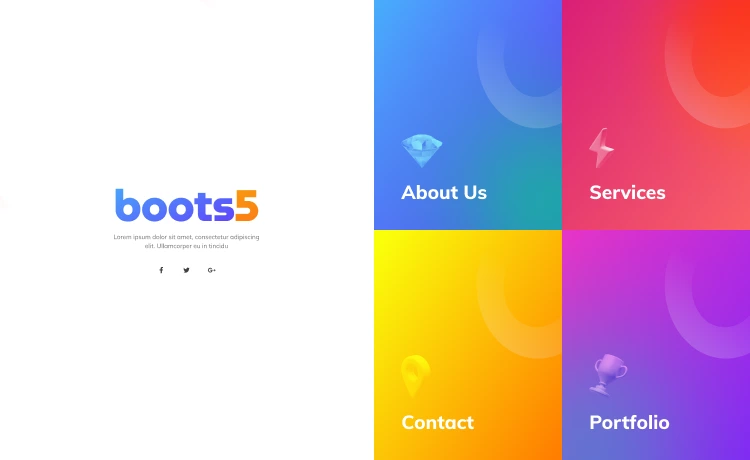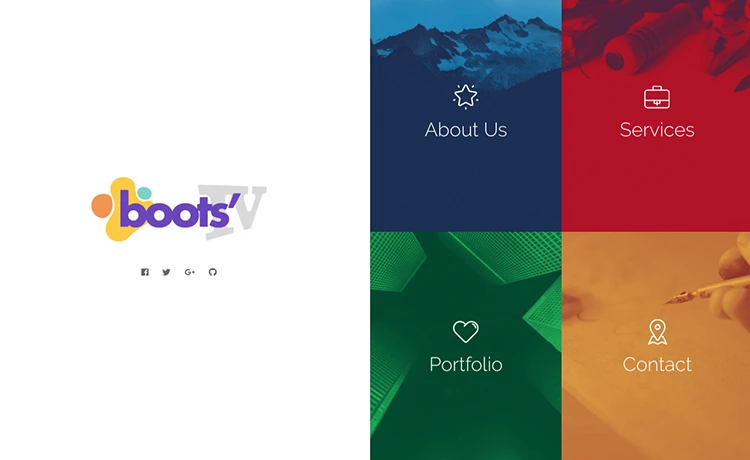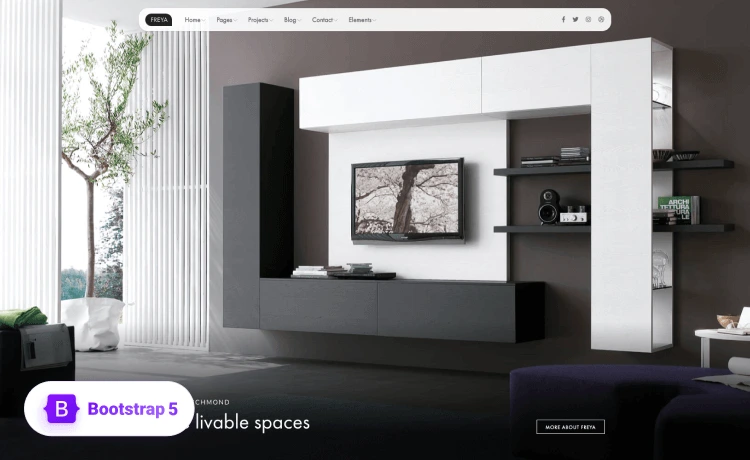Networking is a vital component of community building and growth. It enables members to form meaningful connections, share knowledge, and collaborate on projects. When networking within a community is effective, it can lead to increased satisfaction and engagement among members, as well as help achieve the goals and objectives of the community as a whole.
However, many communities struggle to foster effective networking among their members. This can be due to a lack of understanding about the needs and challenges of the community, limited opportunities for face-to-face interaction, or a lack of effective tools and techniques to facilitate networking.
In this article, we will explore the importance of networking within a community and provide best practices for improving networking among members. We will cover topics such as encouraging face-to-face interactions, utilizing technology, and leveraging gamification to make networking more enjoyable.
By the end of this article, you will have a better understanding of how to create a thriving network within your community.
It All Starts with Understanding Your Community
“Before you can start improving the networking within your community, take a step back and understand your community’s current state. This includes identifying the goals and objectives of the members, assessing the current level of networking within the community, and gaining insights about the challenges faced by members in networking”, suggests Alison Lancaster, CEO at Pressat.
To get started, you can conduct surveys or hold focus group discussions. This will give you a better understanding of what your community members want and need from the networking opportunities within the community.
For example, you may find that some members feel uncomfortable attending in-person networking events or have a hard time finding time for virtual networking events. Others may struggle to find common ground with other members to spark meaningful conversations.
By understanding these unique challenges, you can tailor your approach to improving networking to better meet the needs of your community.
Tom Miller, Director of Marketing at FitnessVolt, emphasizes, “Remember that every community is unique, and what works for one may not work for another. That’s why it’s crucial to invest the time and effort into understanding your community before implementing any changes.”
With a deep understanding of your community’s needs, you can develop targeted and effective strategies for improving networking and fostering stronger relationships among your members.
That said, let’s move onto some of the best practices to improve networking within your community members.
Best Practices for Improving Networking within the Community
Let’s have a look at some of the best practices you can follow for effective networking within your community’s members.
- Encourage Face to Face Interactions
“The power of personal connection cannot be understated when it comes to building a strong community. When members have the opportunity to interact face-to-face, they can build stronger relationships, establish trust, and gain a deeper understanding of one another”, says Gene Fitzgerald, Head of Marketing at BOS.
One effective method for promoting face-to-face interactions is to host events that bring members together in person. This can include regular community gatherings, such as meetups, conferences, or workshops. By providing a space for members to interact, you are creating opportunities for them to network and build relationships.
Another approach is to encourage members to participate in local volunteer events or community service projects. These events can provide a sense of shared purpose and bring members together in a more meaningful way.
Finally, consider creating opportunities for members to collaborate on projects. This can be done through hackathons, co-working spaces, or even by hosting a workshop or two. By working together on a shared goal, members will have the chance to learn from one another, exchange ideas, and build stronger relationships.
- Create Opportunities for Members to Collaborate on Projects
“Collaboration is key when it comes to improving networking within a community. By working together on projects, members are able to build relationships and network in a meaningful way”, says Jonathan Faccone, Managing Member & Founder of Halo Homebuyers.
Here are some ways you can create opportunities for collaboration:
Encourage members to form project teams. Members can be paired with individuals they may not have had the chance to work with previously. This allows them to network and collaborate in a new and exciting way.
Provide resources and support for project teams. For example, you can provide access to funding, training sessions, or dedicated workspace for members to work on their projects together.
Create a platform for sharing project progress. This can be in the form of regular updates, reports, or online forums where members can share their progress and receive feedback from others.
Celebrate project successes. When a project is completed, take the time to celebrate the successes of the team and recognize their hard work and dedication. This helps to build a sense of community and reinforces the importance of collaboration.
The key is to provide the right resources and support to help members feel confident and empowered in their collaboration efforts.
- Develop a Mentoring Program
“Developing a mentorship program for community members is a great way to foster networking and support within the community. Mentorship provides members with opportunities to learn from more experienced individuals and develop skills that will benefit them both professionally and personally”, says Jamie Irwin, Marketing Executive at Service Club.
That, in turn, helps to build stronger relationships between members, as well as creating a sense of belonging and community spirit.
The benefits of it are actually two-fold.
A well-structured mentorship program can be beneficial for both the mentor and mentee. The mentor has the opportunity to share their expertise and give back to the community, while the mentee benefits from the guidance and support of a more experienced individual.
But it’s important to match mentees with mentors who have similar interests or goals, as this will help to ensure a successful mentorship experience.
To launch a mentorship program, start by defining its purpose and goals. Determine what you want to achieve with the program, and what kind of outcomes you hope to see, says Alex Lopez, Founder & CEO at HeyOffer.
For example, you may want to help members develop new skills, build stronger relationships, or provide support for individuals who are new to the community.
Next, develop a plan for how the mentorship program will run. This may include establishing criteria for mentors and mentees, setting expectations for the mentor/mentee relationship, and determining how the mentorship relationship will be managed and monitored.
Patrick Smith, Growth Strategist at Skill Courses says “Consider offering training or workshops for mentors and mentees, so they understand their roles and responsibilities, and are equipped with the tools they need to succeed.”
Also, provide resources and support for both the mentor and mentee throughout the mentorship program. This can include regular check-ins, feedback opportunities, and access to relevant materials and information.
In short, a mentorship program can be a valuable tool for improving networking and support within a community.
- Use Technology for Virtual Networking
“Technology has revolutionized the way we connect and network with others, and it’s an essential tool for facilitating virtual networking within a community. With the rise of remote work and virtual events, it has become increasingly important for organizations and associations to leverage technology to connect their members and help them build relationships in the digital world”, says James MacAonghus, VP of Research at AQUTE.
Here are some ways to use technology to facilitate virtual networking:
Virtual networking platforms: There are many virtual networking platforms that allow community members to connect, network, and collaborate with one another. These platforms provide a space for members to share their professional backgrounds, goals, and interests, and to connect with others who share similar interests. For example, There are different community management softwares that provides a private social media platform that allows your community members to interact and express themselves in a safe space.
Video conferencing tools: Video conferencing tools such as Zoom, Skype, or Google Meet provide a convenient way for members to connect face-to-face and have meaningful conversations. These tools can be used for virtual networking events, webinars, or one-on-one meetings.
Social media networks: Social media networks like LinkedIn, Twitter, and Facebook can be great for virtual networking. Members can connect with one another, participate in discussions, share content, and build relationships with others in their community, says Gerrid Smith, CMO of Joy Organics.
Mobile apps: Mobile apps such as Slack or WhatsApp can be used for quick and informal virtual networking. Members can use these apps to send messages, exchange information, and share updates with one another.
By leveraging technology, you can create a virtual environment that promotes networking and helps members connect with one another. This not only benefits individual members but also strengthens the entire community, as it fosters a sense of connection, collaboration, and support among members.
- Use Gamification to Make Networking More Enjoyable
“When it comes to networking, gamification can make the experience more fun and engaging, encouraging members to participate more actively”, says Jeoffrey Murray, Digital Marketing Expert at Solar Panel Installation.
Gamification, in simple words, is the use of game design techniques to engage and motivate people to achieve their goals.
One way to utilize gamification in networking is to create a point system that rewards members for participating in various networking activities, such as attending events, making introductions, or sharing information. This creates a sense of competition and encourages members to be more active in their networking efforts.
Another way to gamify networking is to create virtual challenges or games that allow members to interact and network with each other. For example, you could host a virtual trivia night where members can join teams and compete against each other. This not only provides a fun and engaging experience but also creates opportunities for members to get to know each other and build relationships.
Brad Anderson, Founder of FRUITION, also raises a concern; “While gamification can be a useful tool to make networking more enjoyable, it should not be the sole focus. It’s important to strike a balance between fun and meaningful interactions — as the ultimate goal is to build strong relationships and foster a sense of community.”
- Stay Up-to-dated with Networking Trends
Staying ahead of the curve is key in any industry, and networking is no exception. To ensure that your community stays at the forefront of networking trends, stay informed about the latest developments and best practices. This not only helps you improve your own networking skills, but it also provides valuable insights and resources for your community members.
Faizan Ahmed Khan, Sr. Content Marketing Specialist at UBUY Australia, says, “One of the best and the most practical ways to stay up-to-date with the latest networking trends is to attend networking events and conferences — both in-person and virtual. These events provide a great opportunity to meet other professionals in your field and learn about the latest tools, strategies, and trends in networking.”
You can also connect with experts and thought leaders who can provide valuable insights and advice on how to improve your own networking skills.
Another way to stay informed about the latest networking trends is to read relevant industry publications and follow relevant experts on social media. This can provide valuable insights into new technologies and approaches to networking, as well as keep you up-to-date on the latest best practices and success stories.
Also, encourage your community members to stay up-to-date with the latest networking trends. Mark Valderrama, CEO and co-founder of Aquarium Store Depot, suggests, “You can provide them with resources and recommendations on relevant events and conferences, and encourage them to connect with other professionals in their field.”
This will not only help them improve their own networking skills, but it will also help your community stay connected and engaged with the latest developments in the industry.
In short, staying up-to-date with the latest networking trends is crucial for the success of your community.
- Arrange Speed Networking Sessions
Rikin Shah, Co-Founder & CEO at GetSure explains, “Speed networking sessions are a valuable tool for boosting networking within your community. These focused and structured events offer members a chance to make new connections and exchange information in a short time.”
Associations and organizations can now arrange virtual speed networking sessions, allowing members to connect and build relationships from anywhere in the world. For example, a Speed Networking solution can be a perfect tool for facilitating virtual speed networking sessions, enabling your community to engage and build connections on a larger scale. With it, now you can facilitate these sessions, no matter where your members are located, and build meaningful connections on a larger scale — in a short time.
Douglas McShane, Operations Director at Sheffield First Aid Courses, shares, “For a more impactful experience, consider organizing virtual speed networking sessions around specific themes or topics of interest. This approach helps members connect with others who share similar goals and interests. You can also add elements of gamification, such as challenges and competition, to make the sessions more enjoyable and memorable for participants.”
Use Community Management Software to Improve Networking
Hamza G. Email Outreaching Expert at Outreaching.io concludes it, “Building and growing a private, close-knit digital community is a great way to improve networking within your members’ community.” It provides a secure feeling for members to connect, share information, and collaborate with one another. With the ability to easily connect and communicate with each other, members are able to form stronger relationships and achieve goals more efficiently.

